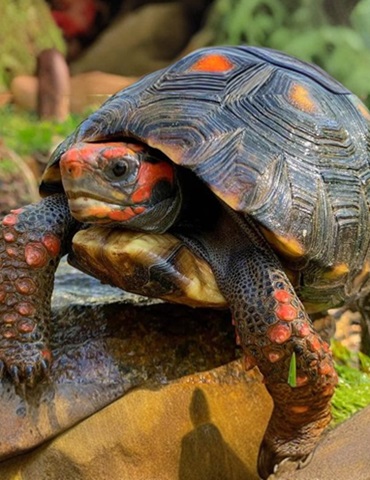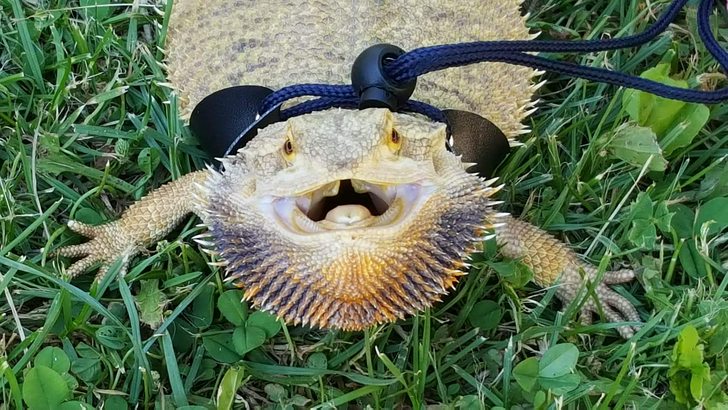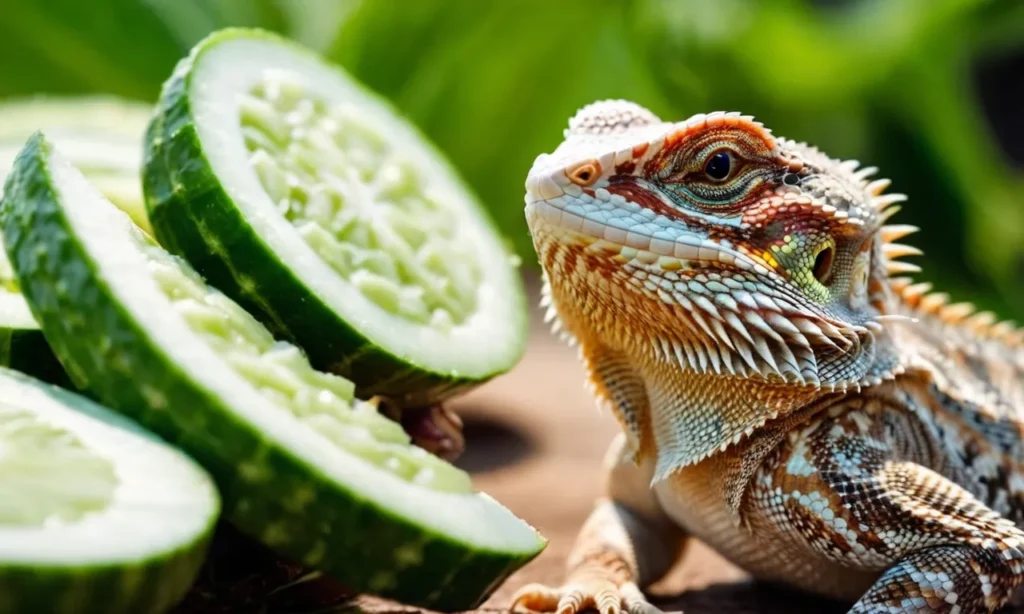The Red Leg Turtle is a medium-sized land turtle from northern South America. There are two subspecies of the Red Leg Turtle, namely the Columbia Red Leg (commonly known as the old version of the Red Leg) and the Caribbean Island Red Leg (commonly known as the Cherry Red Leg). The Columbia Red Leg Turtle is larger in size and has no obvious markings on its head, but after the carapace grows to a certain extent, there will be an inward facing depression in the middle (commonly known as the gourd waist).
Caribbean Island Red Legs: Small in size, with obvious red markings on the head, and a long back armor that does not contract. Some people believe that cherry red leg cannot be considered a regional species, as it may be the offspring of three hybrid red leg species distributed in the north, and its origin is definitely not in Argentina. The average length of an adult red legged land turtle is 30 centimeters, with a weight of 4-8 kilograms, and a lifespan of up to 50 years.
The appearance has a dark bread shaped carapace, and the limbs and head are brightly colored, ranging from light yellow to dark red. I like warm and high humidity environments and often appear in areas near the transition zone between forests and tropical grasslands. The red legged tortoise actually has many names, such as the red legged tortoise, the red footed tortoise, and the savanna tortoise.
It also has different subspecies in different regions, such as the yellow legged tortoise and the red legged tortoise from the Amazon basin, which have a close relationship. If you want to raise red legged turtles, you need to pay attention to the following issues: Breeding environment: Red legged turtles require a large breeding space, including land and water.In terrestrial areas, tree bark, peat soil, or coconut soil can be used as cushioning materials, providing a warm sun exposure area and sufficient hiding places.
The water area can be a shallow basin for turtles to drink water and soak in. Temperature and humidity: The suitable temperature range for red legged turtles is 25-30 degrees Celsius, with humidity maintained above 70%. Heating lamps and humidifiers can be used to control temperature and humidity. Avoid situations where the temperature is too high or too low, as well as insufficient humidity. Diet: Red legged turtles are omnivorous animals, and their diet includes vegetables, fruits, hay, protein feed, etc. We can provide a variety of foods to ensure their nutritional balance. Be careful not to overfeed to avoid obesity and digestive problems. Light: Red legged turtles require sufficient natural or artificial UVB light to help synthesize vitamin D. Provide at least 15 minutes of light exposure per day, but avoid direct sunlight to prevent overheating. Bathing: Regularly bathing red legged turtles can help keep their skin moist and clean, promote digestion and excretion. Use warm water, with a temperature of about 30-35 degrees Celsius, and soak for about 15-20 minutes each time.Water source: Provide clean drinking water to ensure that turtles can drink water at any time. The water in the basin should be replaced regularly to maintain clean water quality. Health check: Regularly check the health status of turtles, including observing their appetite, activity level, and the integrity of their shells.
If any abnormalities are found, consult a veterinarian promptly for diagnosis and treatment. Legal breeding: Ensure the legality of breeding red legged turtles and understand relevant local laws and regulations. The red legged land turtle is a nationally protected animal, and individual breeding requires obtaining legal procedures.


